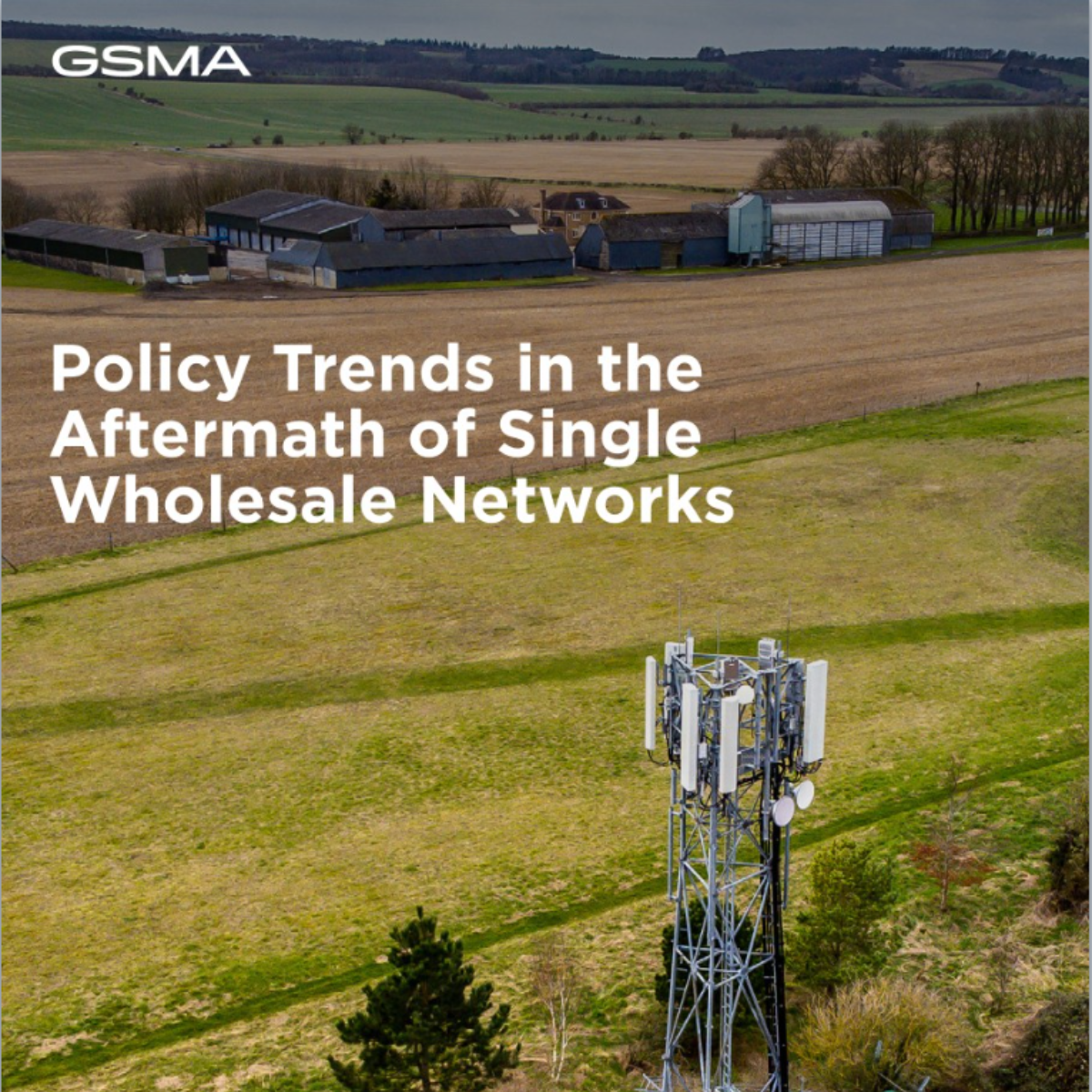Fewer 5G SA deployments in 2023 - is it still a priority for MNOs?
Fewer 5G SA deployments in 2023 - is it still a priority for MNOs?
New research shows a decline in 5G Standalone (SA) deployments compared to 2022, prompting the question: Is 5G SA losing its shine for mobile network operators (MNOs)?
The answer is nuanced and varies by market. Here's why:
Why 5G SA might be losing momentum:
1. Cost: Implementing 5G SA requires building a dedicated network infrastructure, unlike cost-effective 5G Non-Standalone (NSA) that leverages existing 4G infrastructure.
2. Complexity: Building a robust SA network is resource-intensive and demands careful planning.
3. Customer readiness: Not all markets are at a stage where advanced 5G SA features like VoNR, network slicing, and edge computing are commercially viable.
Challenges in the ecosystem:
1. Limited UE support: The current number of UEs with proper 5G SA capabilities is still scarce, making it difficult for MNOs to justify widespread network upgrades just for a limited audience.
2. Missing killer use cases: Many see 5G mainly as a speed boost, which NSA already delivers to a certain extent. Without compelling SA-specific use cases that translate to business value, the urgency for MNOs to invest diminishes.
3. Innovation lag: The broader ecosystem of developers and solution providers needs to catch up and create innovative applications that leverage 5G SA's unique capabilities.
Potential catalysts for change:
1. Mass UE adoption: As more devices with full 5G SA functionality hit the market, demand for the network's advanced features will naturally rise, pushing MNOs to invest in infrastructure accordingly.
2. Compelling use cases: Once concrete revenue-generating applications like network slicing for industrial automation or remote surgery become commercially viable, the value proposition of SA becomes clearer, driving adoption.
3. Ecosystem collaboration: Stronger partnerships between MNOs, device manufacturers, and solution providers can accelerate the development and deployment of innovative SA-powered applications.
What might happen next:
1. NSA as a bridge: For the near future, NSA might remain the dominant deployment type as a stepping stone towards SA. MNOs can utilize NSA to build their 5G network and customer base while laying the groundwork for a smoother transition to SA once the ecosystem matures.
2. Localized pockets of SA adoption: We might see early adoption happening in specific verticals where the value proposition of SA is clear and immediate, like industrial automation or smart cities.
3. Gradual shift towards SA: As the ecosystem evolves and more UEs and use cases emerge, the general trend will likely move towards increasing SA adoption over time.
What's your opinion? Would love to hear from you.
Follow us on Global 5G Evolution
Click https://youtube.com/global5gevolution for detail #presentations


Comments
Post a Comment